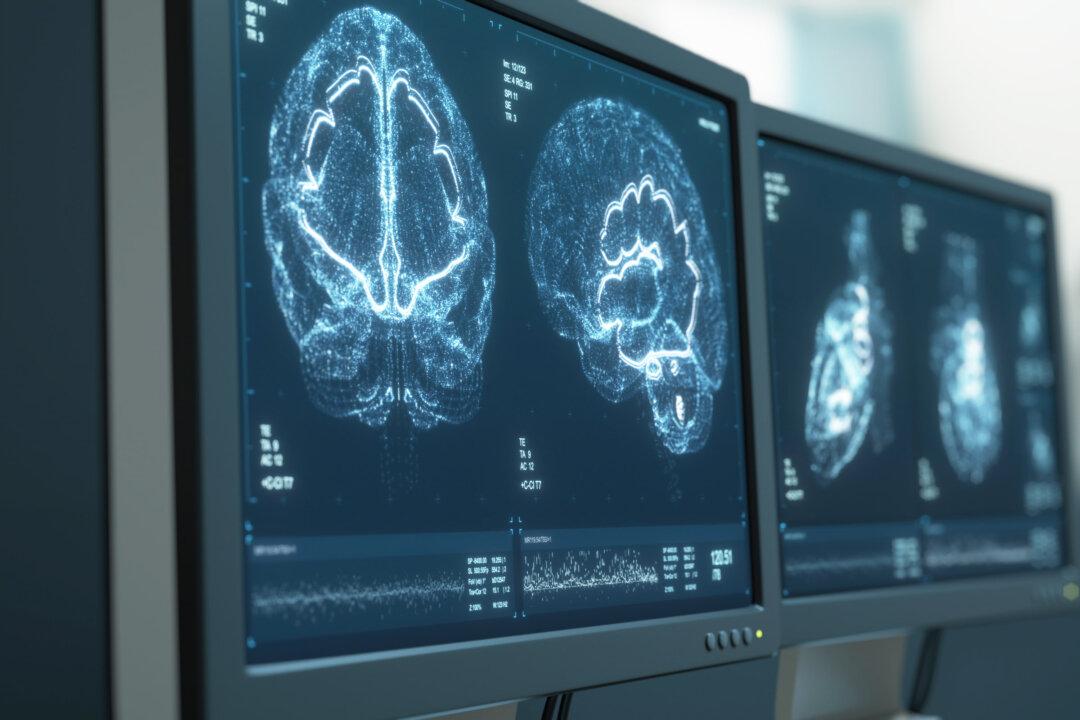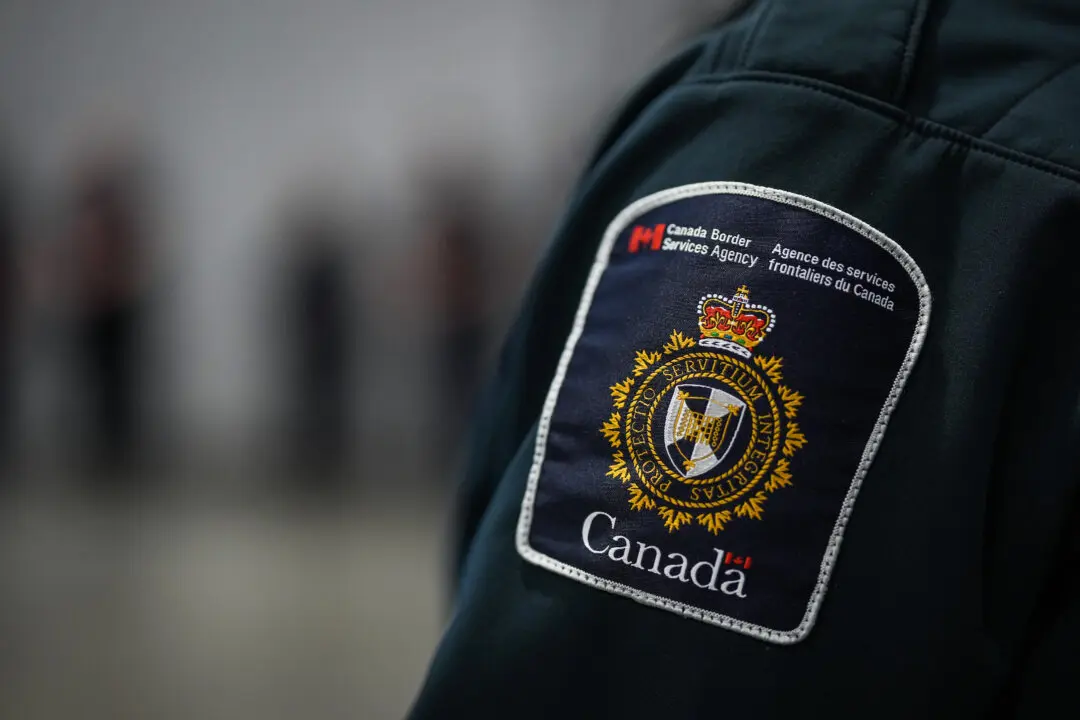Unresponsive patients with severe brain injury may still be conscious despite showing no signs of awareness at the bedside, a recent study suggests.
A brain-injured patient who was acutely unresponsive could control his mental activity when instructed to imagine playing tennis, researchers from London, Ont., reported in an Aug. 25 study published in the Proceedings of the National Academy of Sciences journal.





